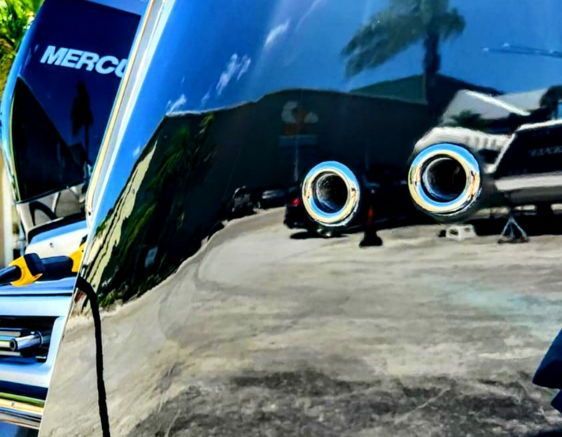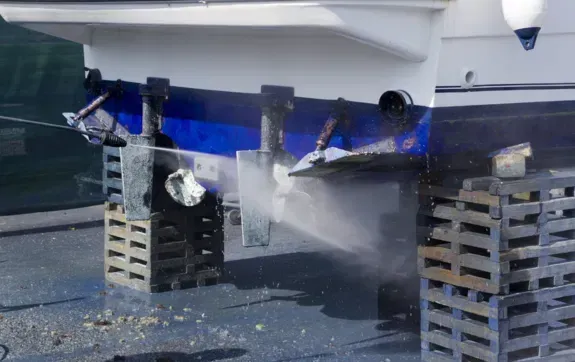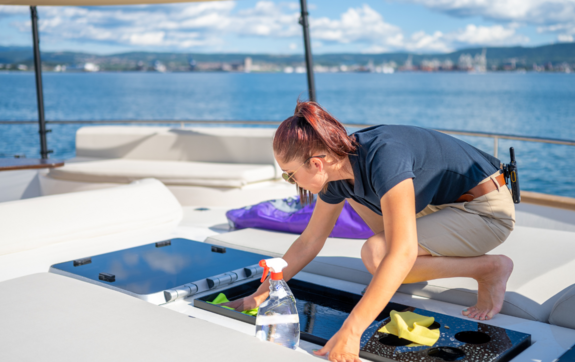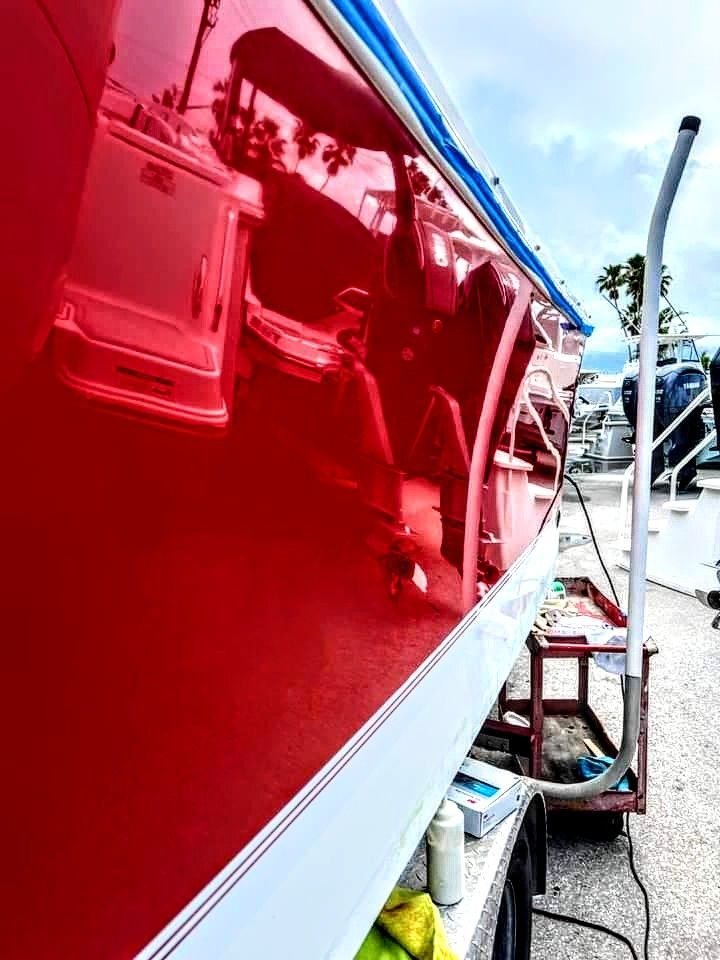5 Common Boat Detailing Mistakes and How to Avoid Them
This is a subtitle for your new post
When it comes to maintaining your boat or yacht, regular detailing is essential to preserving its appearance and longevity. However, boat detailing is more than just a simple wash and wax. Many boat owners make common mistakes that can lead to costly repairs and decrease the value of their investment. At Treasure Coast Boat and Yacht Detailing, we specialize in providing professional boat detailing services tailored to meet your needs. In this blog, we’ll explore five common boat detailing mistakes and how you can avoid them.
1. Using the Wrong Cleaning Products
One of the most frequent mistakes boat owners make is using improper cleaning products that can damage the boat’s surface. Household cleaners and abrasive materials may be too harsh for marine surfaces, particularly gel coats and fiberglass. These products can strip protective wax coatings, fade the gel coat, and cause long-term damage.
How to Avoid: Use marine-specific cleaning products designed for your boat's materials. At Treasure Coast Boat and Yacht Detailing, we use high-quality, boat-safe cleaners that effectively remove dirt and grime without compromising the integrity of your boat’s surfaces.
2. Neglecting to Remove Oxidation Properly
Oxidation is a common issue that affects boat hulls and gel coats, leading to a dull, chalky appearance. Many boat owners either ignore the problem or use ineffective methods to remove oxidation, resulting in an uneven finish and further damage.
How to Avoid: Proper oxidation removal involves using specialized compounds and polishes to restore the gel coat's shine. At Treasure Coast Boat and Yacht Detailing, we offer professional oxidation removal services, using techniques that rejuvenate the hull and protect it from future oxidation.
3. Not Protecting Vinyl and Upholstery
Vinyl seats, cushions, and upholstery are highly susceptible to UV damage, mold, mildew, and stains. A common mistake is failing to apply protective treatments to these surfaces, which can lead to cracking, fading, and premature aging.
How to Avoid: Regularly clean and condition vinyl and upholstery with UV-protectant products to extend their lifespan. Our detailing experts at Treasure Coast Boat and Yacht Detailing provide interior detailing services that include deep cleaning and conditioning of all seating and upholstery to ensure they remain in top condition.
4. Skipping Regular Waxing and Polishing
Waxing and polishing are crucial for protecting your boat's exterior surfaces from UV rays, saltwater, and environmental contaminants. However, many boat owners either skip these steps or do them incorrectly, leading to a dull and vulnerable finish.
How to Avoid: Wax your boat regularly with marine-grade wax to create a protective barrier against the elements. Polishing should be done with the right tools and products to achieve a smooth, glossy finish. Treasure Coast Boat and Yacht Detailing offers comprehensive exterior detailing services, including waxing and polishing, to keep your boat looking its best.
5. Ignoring Hard-to-Reach Areas
It's easy to overlook hard-to-reach areas such as under railings, around cleats, or in engine compartments. However, these neglected spots can accumulate dirt, grime, and salt, leading to corrosion and other issues over time.
How to Avoid: Take the time to detail every part of your boat, or better yet, hire a professional detailing service. Our team at Treasure Coast Boat and Yacht Detailing ensures every nook and cranny is thoroughly cleaned and protected, providing a comprehensive boat detailing service from bow to stern.
Conclusion
Avoiding these common boat detailing mistakes will not only help preserve the aesthetic appeal of your boat or yacht but also extend its lifespan and value. At Treasure Coast Boat and Yacht Detailing, we offer a range of professional boat detailing services, including hull cleaning, oxidation removal, interior detailing, and ceramic coating application. Let our experienced team handle the hard work so you can enjoy more time on the water with a boat that looks as good as new.
Contact us today to schedule your next detailing service and experience the difference of a professionally detailed boat!









